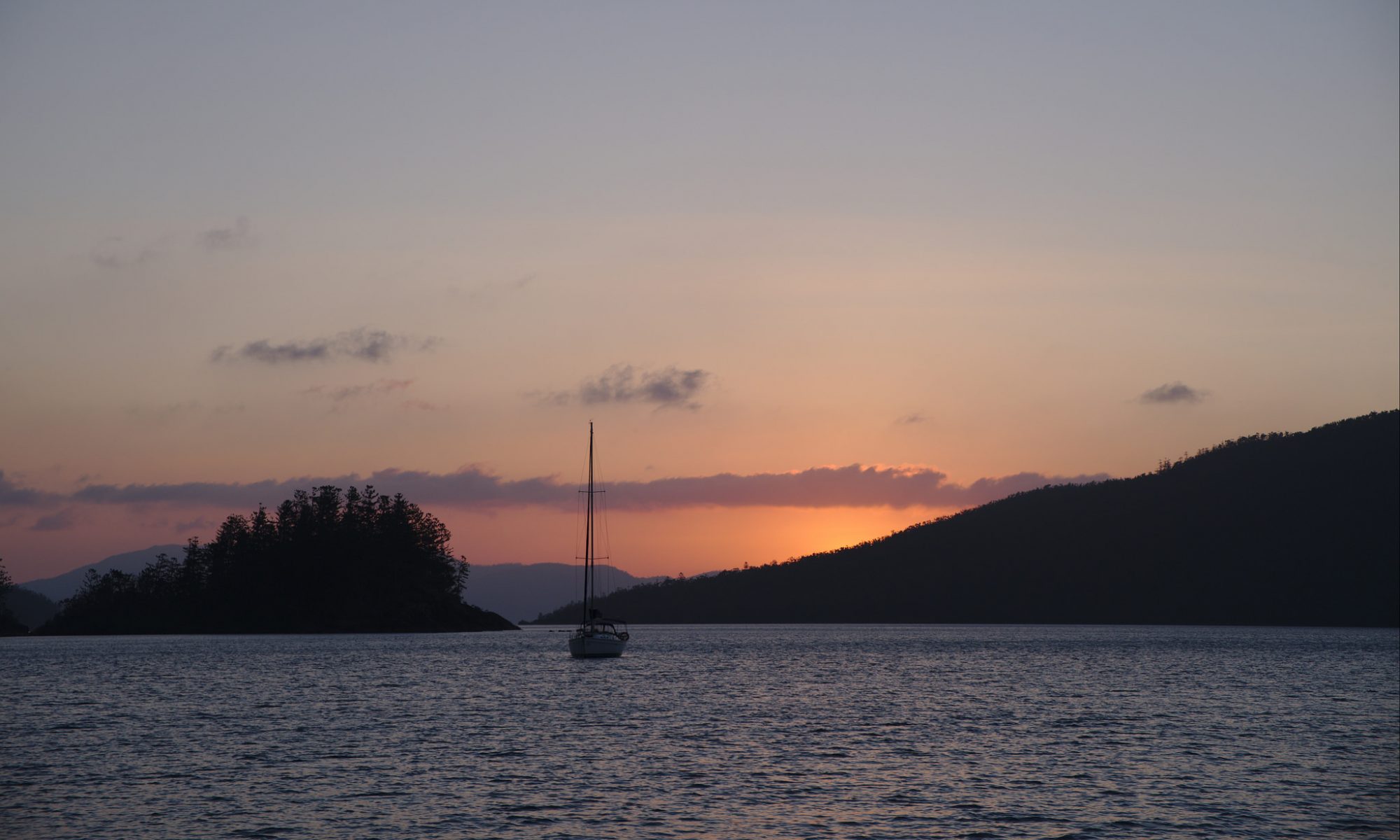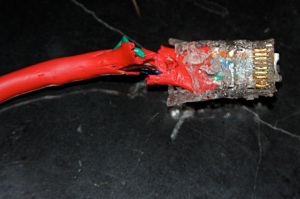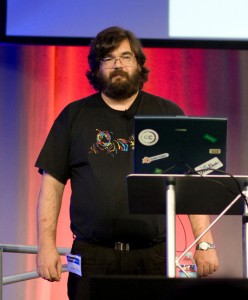This article originally appeared on Hoyden About Town.
In theory I am committed to the idea that if I want election coverage to talk about policy more in the lead-up to elections, it can’t hurt to be someone who is aware of and considers policy in the lead-up to elections. Even if some elections make it VERY VERY HARD FOR ME NOT MENTIONING ANY NAMES FEDERAL ELECTION 2013.
Thus, before the 2010 Federal election, I got one policy into a plan to review various party policies before getting sick from some childcare-acquired illness. I cannot promise to do better this time, but I can try. There’s five days before the Federal election; what do various parties have to say about anti-discrimination?
I haven’t included a lot of commentary on the policy positions I summarise here, but that’s what the comments are intended for! (Note that if you’re interested more in media coverage, spin and personality issues — or general news! — you probably want to comment at the latest Media Circus thread instead.)
ALP, Coalition, Greens
For this analysis, I am largely relying on National Foundation for Australian Women (NAFW), Anti-discrimination and women’s human rights: policies of the major parties, July 2013. If I don’t cite policy specifically, I am using that analysis.
The NAFW summary notes the ALP’s consultations on consolidating federal anti-discrimination acts, and the drafting of Human Rights and Anti-Discrimination Bill (2012), which has not however been implemented and is under review. Sex Discrimination Amendment (Sexual Orientation, Gender Identity and Intersex Status) Bill 2013 passed in June, providing additional protections on the grounds of sexual orientation, gender identity and intersex status. The ALP in their own materials also notes their recent commissionin gof an inquiry into workplace discrimination against pregnant people or parents returning to work. (Labor is for Fairness) The Greens supported the passed bill and support the draft bill, and have advocated for the addition of domestic violence (presumably, victims of) as a category of illegal discrimination. They would also like the default religious exemptions replaced by case-by-case assessments, and for “family responsibilities” language to be expanded to caring responsibilities. The Coalition oppose the draft bill outright, to the point of not seeking amendments to it.
On marriage equality, the ALP’s National Platform presently reads Labor will amend the Marriage Act to ensure equal access to marriage under statute for all adult couples irrespective of sex who have a mutual commitment to a shared life.
(National Platform, item 126, page 168) and they have a specific “It’s Time for Marriage Equality” campaign. I cannot find a mention of marriage equality in the Liberal’s Real Solutions. The Greens go short-n-simple on their policy: The Greens want to legalise same-sex marriage in Australia and recognise same-sex marriages from overseas.
(Marriage Equality)
The Liberal policy states that We will support freedom of speech, particularly in relation to anti-discrimination legislation. Prohibitions on inciting racial hatred or intimidation of particular groups should be focused on offences of incitement and causing fear but not a prohibition on causing offence.
(Real Solutions, pg 44)
On disability, NAFW observes in their disability paper in most policy areas, across the three parties, disability is seldom specifically mentioned. Women with disabilities are not mentioned at all.
They observe that while the ALP is committed to the Convention on the Rights of Persons with Disabilities, they have not established the required targeted measures for women with disabilities specifically. Commitment to DisabilityCare (which the Coalition would call NDIS again) funding appears to have major party support until 2019. The ALP’s national platform is focussed on people with disabilities who can work, although it briefly acknowledges the existance of those who can’t, albeit only as a source of budget “pressure” (Labor has undertaken significant reform of the Disability Support Pension (DSP) to reward effort and initiative for those who can work, and to ease the pressure on the system which supports those who can’t
, National Platform, item 52, page 98).
Discrimination on the grounds of disability, as with grounds other than gender (ALP) or any grounds at all (Liberal), does not seem to be a focus of either ALP or Liberal policy except insofar as the Liberals distance themselves from racial vilification prohibitions. The Greens mention discrimination on the grounds of disability prominently in their policy.
Central policy sites:
- ALP: Labor is for fairness and National Platform, (see items 50–53 for people with disability, items 123–127 for gender discrimination, Resolutions for Chapter 9 on “Supporting a national disability insurance scheme”, and Resolutions for Chapter 10 on “Harmonising anti-discrimination laws” again focussed on gender.)
- Liberals: Our Plan – Real Solutions for all Australians (NDIS commitment on page 38) and Disability and Carers (if they have a general anti-discrimination policy, I am yet to find it)
- Greens: Equality is for Everyone and Disability
Smaller parties
This is limited to a small selection on the NSW ballot paper that I found interesting. Feel free to list and discuss other minor party policies in comments!
Pirate Party
Policy overview can be found at the platform wiki page authored by their National Council.
Many uses of “discrimination” in their platform refer to the net neutrality issue, which concerns whether Internet providers can provide unequal access to different sources of information. When it comes to discrimination against protected groups, the party opposes legislative against racial vilification in favour of free speech rights:
While laws which criminalise “offensive” or “insulting” speech may be well-intentioned, mechanisms such as section 18C of the Racial Discrimination Act impose dangerous subjectivity into our legal system. The perpetual risk in criminalising offensiveness is that almost any form of difference or disagreement can be viewed as offensive to someone, and nations such as the UK and Canada have experienced significant abuse of such laws. Even where protections technically exist, the mere threat of legal sanction may be sufficient to chill dialogue and speech, and recent events demonstrate that restrictions on one type of speech spread all too easily to include wider categories.
They support marriage equality in the sense of making it a private (not state-controlled) act. Their platform calls for the abolition of the Marriage Act in favour of a Civil Unions Act open to all consenting adult couples. (See also their detailed marriage policy.)
Australian Sex Party
Policy overview can be found at Australian Sex Party – Federal Equality Policy.
They support large extensions to the existing anti-discrimination framework, including making discrimination based on occupation illegal, focussing on the effect of discrimination against sex workers; making political parties (and presumably their selection of candidates) subject to anti-discrimination law on the principle that this will improve gender equality in Parliament; ensuring equal access to assisted reproduction to LGBTIQ people; supplying appropriate documentation to sex and gender diverse people with names and pronouns; improving accessibility of sexual resources (such as adult shops) to disabled people; facilitating sexual services for disabled people; and providing specific sexual education for disabled people. In a separate policy they support sex worker access to work visas.
Secular Party
Policy overview can be found at Human rights and anti-discrimination.
Their policies are focussed around areas where they feel law is influenced by faith considerations and support the end of religious exemption clauses in anti-discrimination legislation. They support marriage equality. They support the enacting of a Bill of Rights and they ask that Australia legislate for the rights in UN International Convention on the Rights of the Child. They support bans on “identity hiding-garments or other items, including burqas and motorcycle helmets, in public places where there are legitimate security and/or safety concerns, or where personal identification is required” [my emphasis]
Front page image credit: Election Day CC BY-SA David Morgan-Mar, from the 2007 Federal election.





